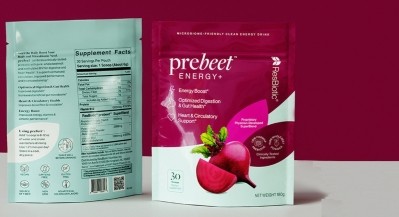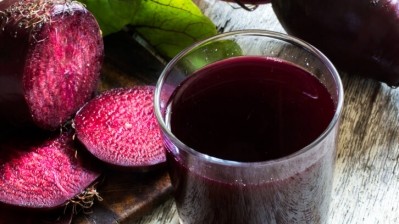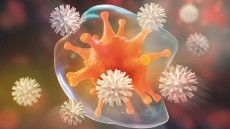Beetroot juice offers nitrate-packed support for COPD

The team of Chinese researchers used a network pharmacology analysis to explore the specific mechanisms and pathways through which beetroot juice may benefit COPD sufferers, such as increasing their exercise capacity.
The process works when bacteria in the oral cavity converts beetroot juice into nitrite, which is further broken down into nitric oxide (NO) and other nitrogen oxides in the acidic environment of the stomach.
“The remaining nitrite enters the bloodstream and is transformed into NO via various enzymatic routes,” the researchers noted. “An animal study has shown that dietary nitrite supplementation improves pulmonary emphysema in mice.”
The review
The researchers conducted a comprehensive literature search using PubMed, the Cochrane Library, Embase and Web of Science databases and identified 11 studies involving 287 participants that assessed the efficacy and safety of nitrate in patients with COPD. They used the Revman 5.3 software for data analysis.
A subsequent meta-analysis showed that nitrate supplementation increased plasma nitrate and nitrite concentrations and fractional exhaled nitric oxide in patients with COPD. Nitrate improved exercise capacity and endothelial function and relieved dyspnea (not being able to breathe fast or deeply enough) in patients with the disease.
Additionally, COPD patients who received dietary nitrate supplementation saw improved breathlessness, enhanced endothelial function, increased plasma nitrate and nitrite concentrations, and fractional exhaled nitric oxide (FeNO) levels in patients with COPD.
“Recent studies have found that oral supplementation with dietary nitrate could improve exercise endurance in patients with stable COPD, mainly in terms of incremental shuttle walk test (ISWT) distance, which improved by 30 meters in the group treated with dietary nitrate in comparison with the placebo group,” the researchers noted.
Third leading cause of death
COPD mostly affects older adults and is a progressive lung disease that impacts the airways and/or lung parenchyma and causes airflow obstruction and respiratory symptoms. According to the World Health Organization, 3.23 million people died from COPD in 2019, representing the third leading of chronic morbidity and mortality worldwide.
“The prevalence of COPD is projected to increase, which would result in a significant economic burden,” the study noted.
Non-pharmacological treatments are emerging as popular alternatives to traditional pharmacological treatments for COPD (i.e., short- and long-acting inhaled bronchodilators, inhaled corticosteroids and methylxanthines). These options include pulmonary rehabilitation, oxygen therapy and nutritional therapy.
“Studies have found that nutritional support might improve survival rates in patients with COPD, as increased weight, muscle mass and strength are associated with better exercise tolerance and survival,” the researchers stated.
Source: Respiratory Medicine
“Dietary nitrate supplementation to enhance exercise capacity in patients with COPD: Evidence from a meta-analysis of randomized controlled trials and a network pharmacological analysis”
doi: 10.1016/j.rmed.2023.107498
Authors: Jing Wang et al.













